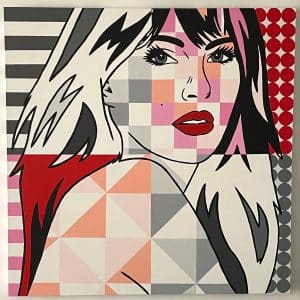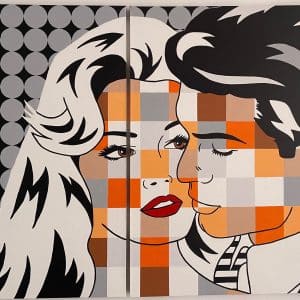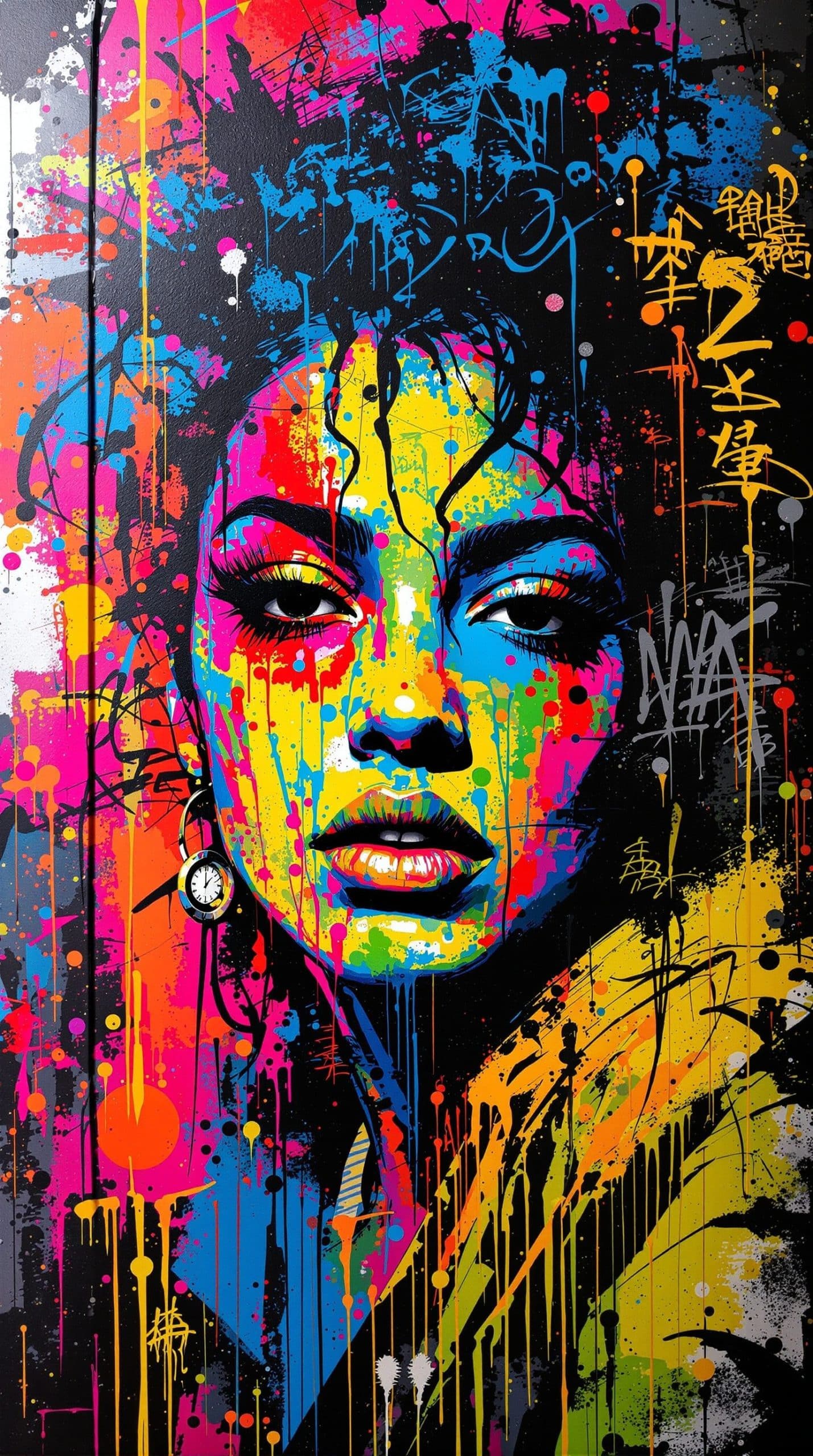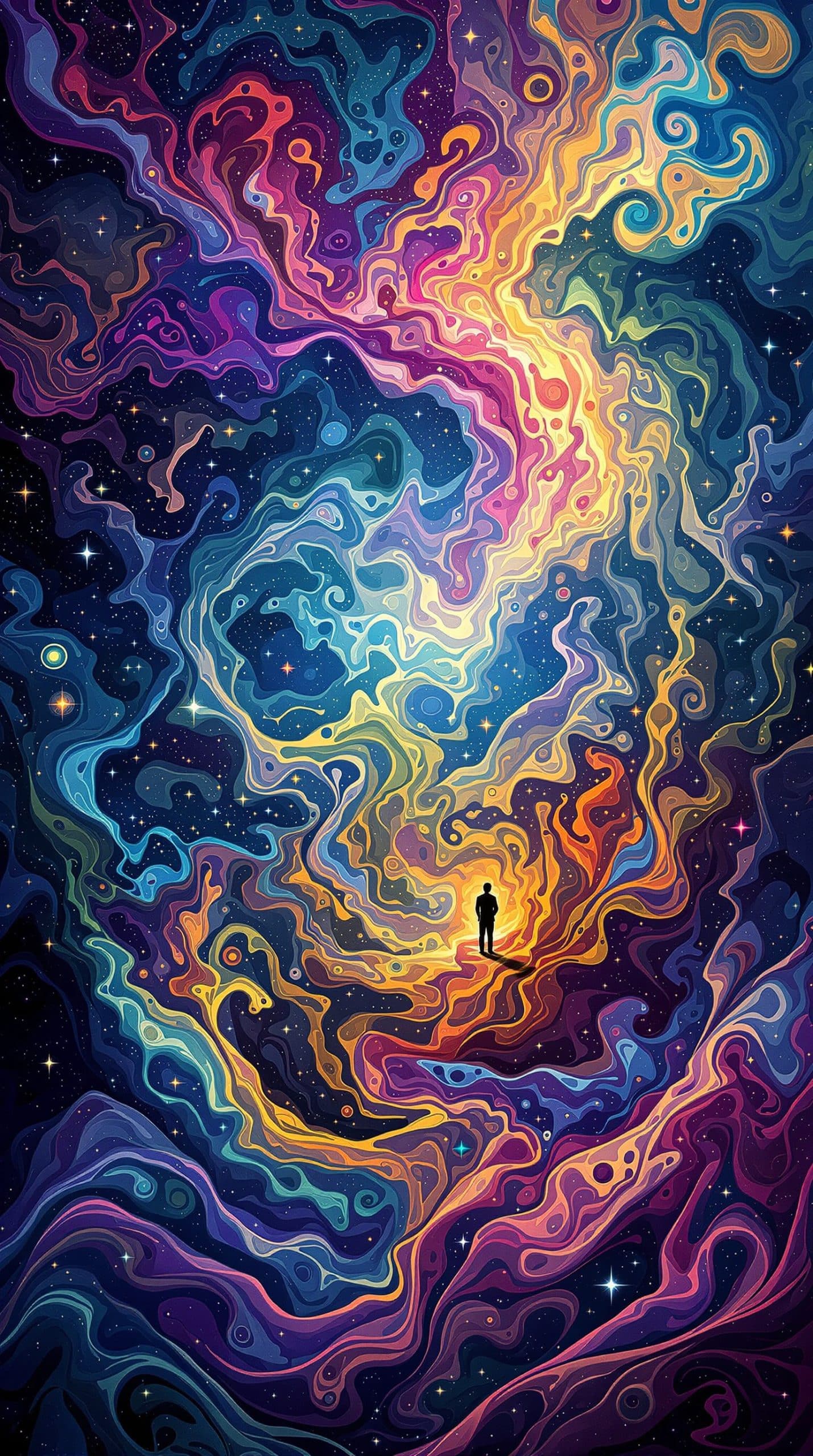Filters
Available Artwork
Price
Showing all 9 results
-

S.O.S.
Oil on Hardboard
36 W x 36 H Inch
$2,770

SUAVE PATRIA 2
Pigment on Paper
18 W x 20.8 H Inch
$1,850
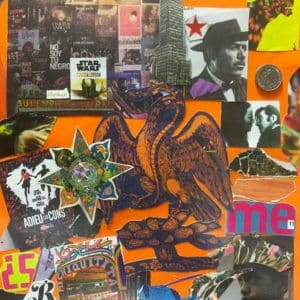
ME
Ink on Paper
15.2 W x 17.2 H Inch
$620
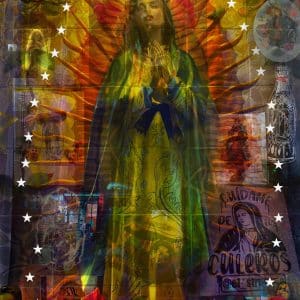
Lupita Star
Ink on Paper
16.8 W x 20.8 H Inch
$1,540

Olive & Popeye – Eternal Love
Acrylic on Canvas
24 W x 36 H Inch
$560
Other styles of paintings you may like
Origins of Pop Art Painting:
The Pop Art movement emerged in the late 1950s in the UK and the US. This art movement challenges the tradition of Fine Art. This revolutionary movement broke boundaries. Pop Art reflected the rapidly changing world of consumerism, media, advertising, and mass production. It used images of popular culture in Art, emphasising the banal or kitschy elements of any culture, most often through the use of irony.
Pop Art originated in North America, but it developed differently from that in the UK. Pop art started as a reaction by artists and marked the return of hard-edged composition and representational Art. The artists employed impersonal, mundane reality, irony, and parody to "defuse" the personal symbolism and "painterly looseness" of abstract expressionism. Artists like Larry Rivers, Alex Katz, and Man Ray's works helped emancipate pop art.
In contrast, the origins of pop art in post-war Britain, while employing irony and parody, were more academic. British artists focused on the dynamic and paradoxical imagery of American pop culture as powerful, yet manipulative, symbolic devices that were affecting whole patterns of life, while simultaneously contributing to the prosperity of a society. Early pop art in Britain was a matter of ideas fueled by American popular culture when viewed from afar. Some of the works of European artists that influenced the development of pop art included those of Pablo Picasso, Marcel Duchamp, and Kurt Schwitters. During the 1920s, American artists Patrick Henry Bruce, Gerald Murphy, Charles Demuth and Stuart Davis created paintings that contained pop culture imagery (mundane objects culled from American commercial products and advertising design), almost "prefiguring" the pop art movement.
Additionally, the Independent Group (IG) was founded in 1952, a precursor to the pop art movement. Members such as Eduardo Paolozzi and Richard Hamilton were among the first to challenge traditional academic Art. Paolozzi's 1947 collage, "I Was a Rich Man's Plaything," is considered one of the earliest examples of Pop Art, combining magazine cutouts, advertisements, and comic imagery to comment on post-war consumer culture. While British Pop Art had intellectual and critical undertones, American Pop Art exploded with commercial flair. Artists like Andy Warhol, Roy Lichtenstein, Claes Oldenburg, and James Rosenquist embraced everyday objects and pop culture icons as serious subjects of Art. Warhol's Campbell's Soup Cans (1962) and the Marilyn Monroe Painting the Marilyn Diptych (1962) immortalised consumer products and celebrities, while Lichtenstein's comic strip-inspired canvases used Ben-Day dots to mimic mechanical printing. Warhol is considered one of the most influential and famous pop artists. Pop Art left a lasting impact on design, advertising, fashion, and even politics. It democratised Art by making it accessible and instantly recognisable. Today, its bold colour palette and ironic style continue to influence contemporary Art, street art, and digital media.
Your Essential Guide: FAQs for Pop Art
Are contemporary Pop Art artists gaining traction in the global art market?Yes, many emerging artists today work in styles inspired by Pop Art. Collectors are increasingly interested in these modern interpretations that blend digital culture and street art with traditional Pop elements.
Can Pop Art still be considered "museum-quality" despite its commercial references?Many Pop Art pieces are part of permanent museum collections, and their historical significance secures their place as museum-quality contemporary Art.
Why are Pop Art paintings considered a smart investment today?Pop Art remains an enduringly popular art movement, consistently drawing strong demand at auctions. Iconic works by artists like Andy Warhol and Roy Lichtenstein often appreciate in value, making them prized collector pieces.
How can one verify the authenticity of a Pop Art painting?Collectors should look for provenance documents, certificates of authenticity, and work with reputable galleries or platforms that specialise in original Pop Art.
How should Pop Art be framed or displayed in a collector’s space?Due to its graphic quality and vibrant tones, Pop Art benefits from minimal, contemporary framing and lighting that allow the artwork’s colour and composition to take centre stage.
Let us inspire you
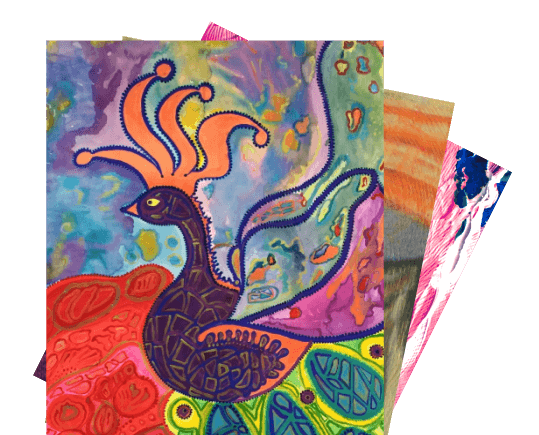
 Want to receive exciting art and lifestyle content, directly to your box?
Want to receive exciting art and lifestyle content, directly to your box?
Thank you for Signing Up 
 error: Content is protected !!
error: Content is protected !!



